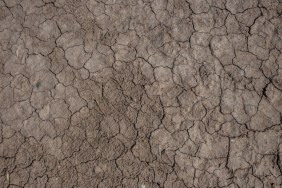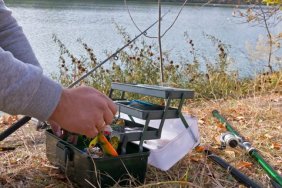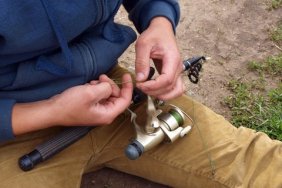One of the most valuable tools an angler carries is often a fishing journal. That’s because keeping records of fishing activity can take much of the guesswork out of angling.
What was the water temperature last year on opening day on your favorite lake? Was it a hare’s ear nymph that you caught that big brown trout on last January? How deep were you fishing off that rock pile where you caught your limit of walleyes? Here are four important things to remember when keeping a fishing journal.
ANGLING ADVANTAGE
Remembering specific conditions on a given body of water from year to year can be a crapshoot. Some conditions may not repeat themselves for three, five, or even 10 years, so storing that much information in your head can be nearly impossible. One of the best ways to recall specific conditions is to record each fishing trip in a journal.
Professional anglers commonly use journals to sort through the countless conditions they face in a vast number of waters throughout North America. Those who use them effectively give themselves a valuable advantage over those who do not.
IMPORTANT TOOL
For those who fish lakes or large rivers for species like largemouth bass, smallmouth bass, walleyes, northerns, or muskies, a fishing journal becomes an important piece of equipment in recording water and air temperatures, wind conditions, water clarity, moon phases, and baits and techniques used. It also is important in marking GPS locations and the depths at which fish are found.
For trout anglers the fishing journal is important for noting hatch dates as well as air and water temperatures, stream clarity and flow, effective baits, and areas where fish have been caught or lost.
Ice anglers can record vital information such as location, depth, weather, bait type and color, and peak times of fish activity.
Salmon or steelhead anglers can use fishing journals to mark the dates of runs, weather, water flow, and the effective colors of baits used during specific conditions.
JOURNAL TYPES
There are a number of different types of fishing journals available to anglers. The first is a notebook or bound journal. The second is a formatted fishing journal available at many retail outdoors shops. You can also keep an electronic journal, which can be accessed via an Ipad or your phone. The notebook or electronic journal are better choices for anglers who want to record an extensive amount of information in detail, while the formatted journal offers a fill-in-the-blank type of recording for more general information. Both allow anglers to sort through their fishing experiences and apply that knowledge to future outings.
USING INFORMATION
To make the most of a journal, it is important to sort through past experiences before a trip. For example, if you are headed for your favorite trout stream on your annual trip in Februrary, go back to that date in the journal and compare present conditions to those of years past. If it is snowing, cold, and the water is high, note your strategy during years with similar conditions. Weed out what did not work and begin with the tactics that were effective.
If you are planning a trip to your favorite walleye lake for the season opener, take a similar approach. Also take note of key information such as ice-out dates, where fish were caught, and when the spawn occurred.
It takes a little added effort to keep a journal, but using one consistently will dramatically improve the quality of fishing trips and make an angler more aware of the conditions around him or her and how those conditions affect fishing.
Photo credit: Pixabay








